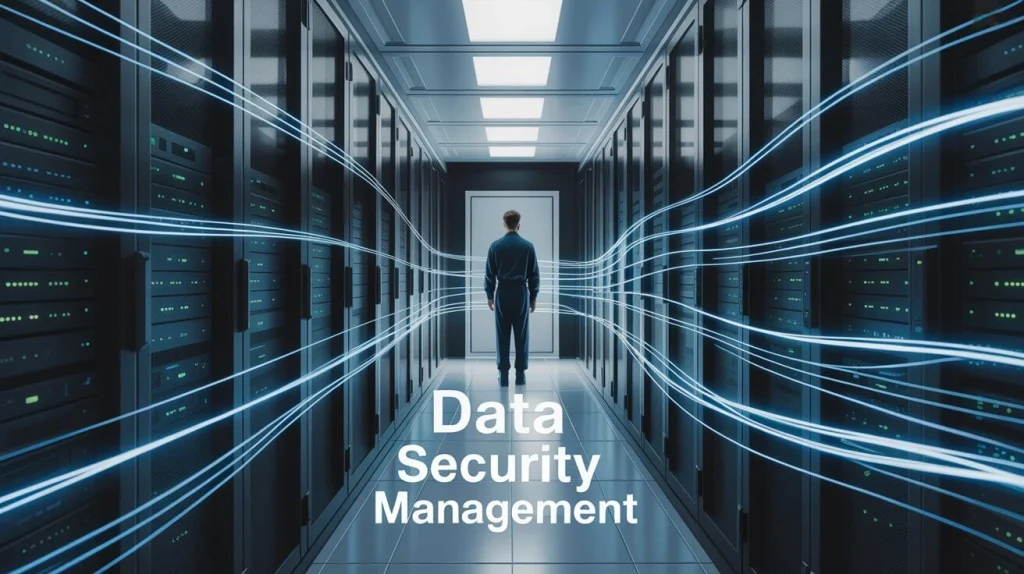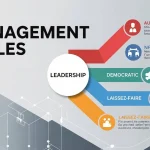Imagine logging into your company dashboard and realizing sensitive files have been tampered with or stolen. The cost? Not just monetary — but reputational damage, regulatory penalties, and lost trust. This is exactly why data security management isn’t optional anymore — it’s critical.
This guide breaks down what data security management is, why it matters, and how your organization can implement best practices to reduce cyber threats, ensure compliance, and protect data across multi-cloud environments.

Content
Understanding Data Security Management
Data security management refers to the policies, processes, and tools used to safeguard digital information from unauthorized access, loss, or damage. It’s a strategic framework that spans people, technology, and procedures.
This system covers:
- Preventive Controls (e.g., firewalls, antivirus, encryption)
- Detective Controls (e.g., intrusion detection systems, audit logs)
- Corrective Controls (e.g., incident response plans)
The goal is to build a resilient security posture that adapts to evolving threats while maintaining operational integrity.
Why Data Security Management Is Crucial
Cyberattacks are no longer limited to large corporations. Mid-size businesses, government agencies, and even startups are targeted daily. Without effective data security management, organizations risk:
- Financial loss from downtime, theft, and ransom demands
- Legal consequences for non-compliance with regulations like GDPR, CCPA, and HIPAA
- Damage to brand reputation and customer trust
- Operational chaos due to system disruptions or data corruption
In today’s hyper-connected world, data is both an asset and a liability. How you manage and secure it can make or break your business.
Key Benefits of Effective Data Security Management
An investment in data security management isn’t just about compliance — it’s about strategic business continuity. Benefits include:
- Enhanced Risk Management: Predict and respond to threats before they cause harm.
- Stronger Competitive Edge: Organizations known for protecting data attract more partners and customers.
- Improved IT Governance: Clear frameworks and reporting processes streamline operations.
- Business Scalability: Scalable security systems grow with your data infrastructure.
- Reduced Insurance Premiums: Cyber insurance providers often offer better rates for companies with proven data protection measures.
Types of Data That Require Protection
Not all data is equally sensitive, but every type needs some level of oversight:
- Restricted Data: Includes legal contracts, customer payment details, proprietary algorithms — this data is high-risk and often targeted.
- Private Data: Think health records, HR files, user credentials. Mishandling this can lead to compliance violations under laws like HIPAA.
- Public Data: While freely available, this type still requires integrity protection to avoid disinformation or unauthorized modifications.
Proper data classification ensures each type is handled with the right level of control, minimizing both overexposure and overprotection.
Major Threats to Data Security
Cybercriminals are more sophisticated than ever. Key threats include:
- Phishing Attacks: Emails impersonating trusted sources to steal login credentials or spread malware.
- Ransomware: Encrypted files held hostage with a demand for payment, often in cryptocurrency.
- Insider Threats: Disgruntled employees or careless contractors pose serious risks.
- Third-Party Vulnerabilities: Vendors with poor security practices can introduce backdoor access to your systems.
- Misconfigured Cloud Services: As companies move to multi-cloud environments, gaps in configuration can lead to public exposure of sensitive files.
Proactive defense strategies help detect and neutralize these threats before they escalate.
Best Practices for Securing Data
Adopting a zero-trust approach to data security management can significantly reduce your risk profile. Recommended best practices include:
- Strong Encryption Standards: Use AES-256 encryption for data storage and TLS for data in transit.
- Granular Access Controls: Implement role-based access controls (RBAC) and the principle of least privilege.
- Multi-Factor Authentication (MFA): Require at least two verification steps to access sensitive data.
- Regular Vulnerability Assessments: Scan systems for outdated software, weak passwords, and open ports.
- Centralized Monitoring and Logging: Deploy SIEM (Security Information and Event Management) tools for real-time insights.
- Incident Response Planning: Have a clear, tested plan for detecting, reporting, and responding to breaches.
- Employee Awareness Programs: Train teams regularly on phishing, password hygiene, and data handling procedures.
- Secure APIs and Integrations: Make sure APIs used by third-party tools are secure and follow authentication protocols.
Securing multi-cloud environments adds complexity — ensure each provider aligns with your internal security policies and service-level expectations.
Final Thoughts
Data security management is the backbone of any resilient digital operation. With cyberattacks on the rise and compliance requirements tightening, businesses of all sizes must prioritize data protection strategies.
By implementing robust access controls, adopting strong encryption, and actively managing multi-cloud environments, you not only shield your data but enhance your competitive edge. Don’t wait for a breach to expose vulnerabilities — take control now and secure the future of your organization.
Frequently Asked Questions
How do I know if my data security strategy is effective?
If you’re performing regular audits, minimizing breaches, meeting compliance requirements, and improving employee awareness, you’re on the right track.
What’s the role of data encryption in security management?
Encryption is a critical layer that makes stolen or intercepted data unreadable to unauthorized users.
Can AI and machine learning help with data security?
Yes — AI-driven tools can detect anomalies, automate responses, and even predict breach patterns.
What are the signs of a phishing attack?
Misspelled domains, urgent language, and unsolicited attachments are common indicators.
Is it necessary to back up encrypted data?
Absolutely. Backups should be both encrypted and stored securely — ideally in an offsite or offline location.

Ryan Myers is a business blog author and writer. He graduated from the University of California, Berkeley in 2009 with a degree in Political Science. His favorite topics to write about are blogging for small businesses and becoming an entrepreneur.













